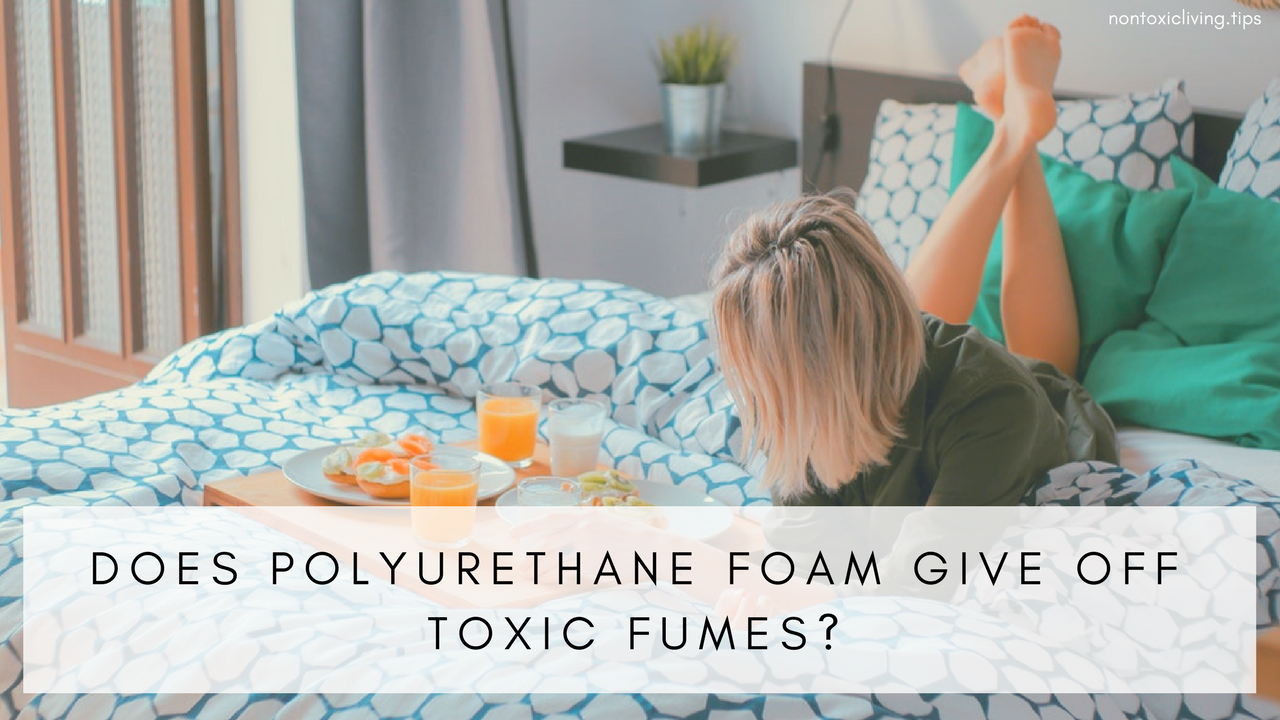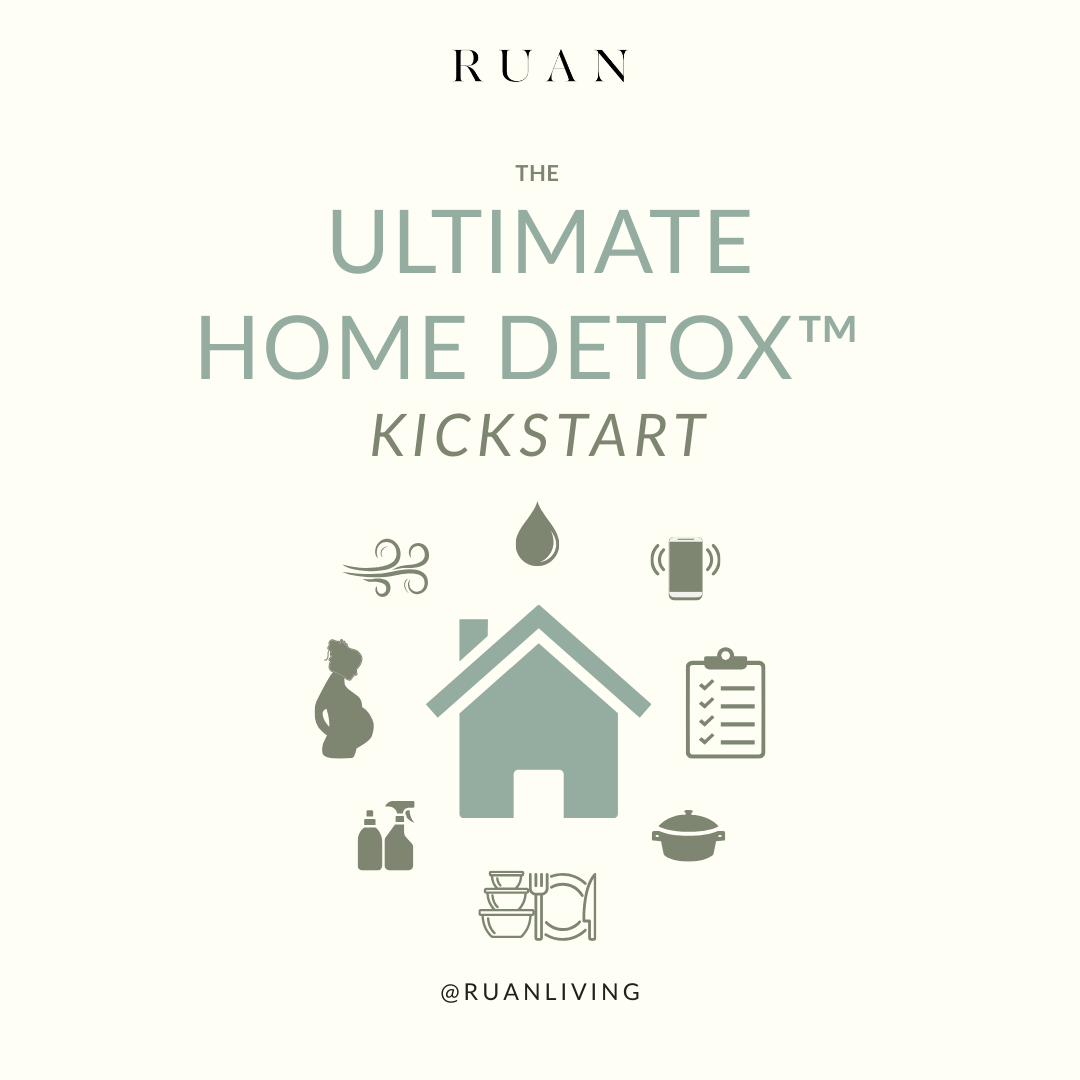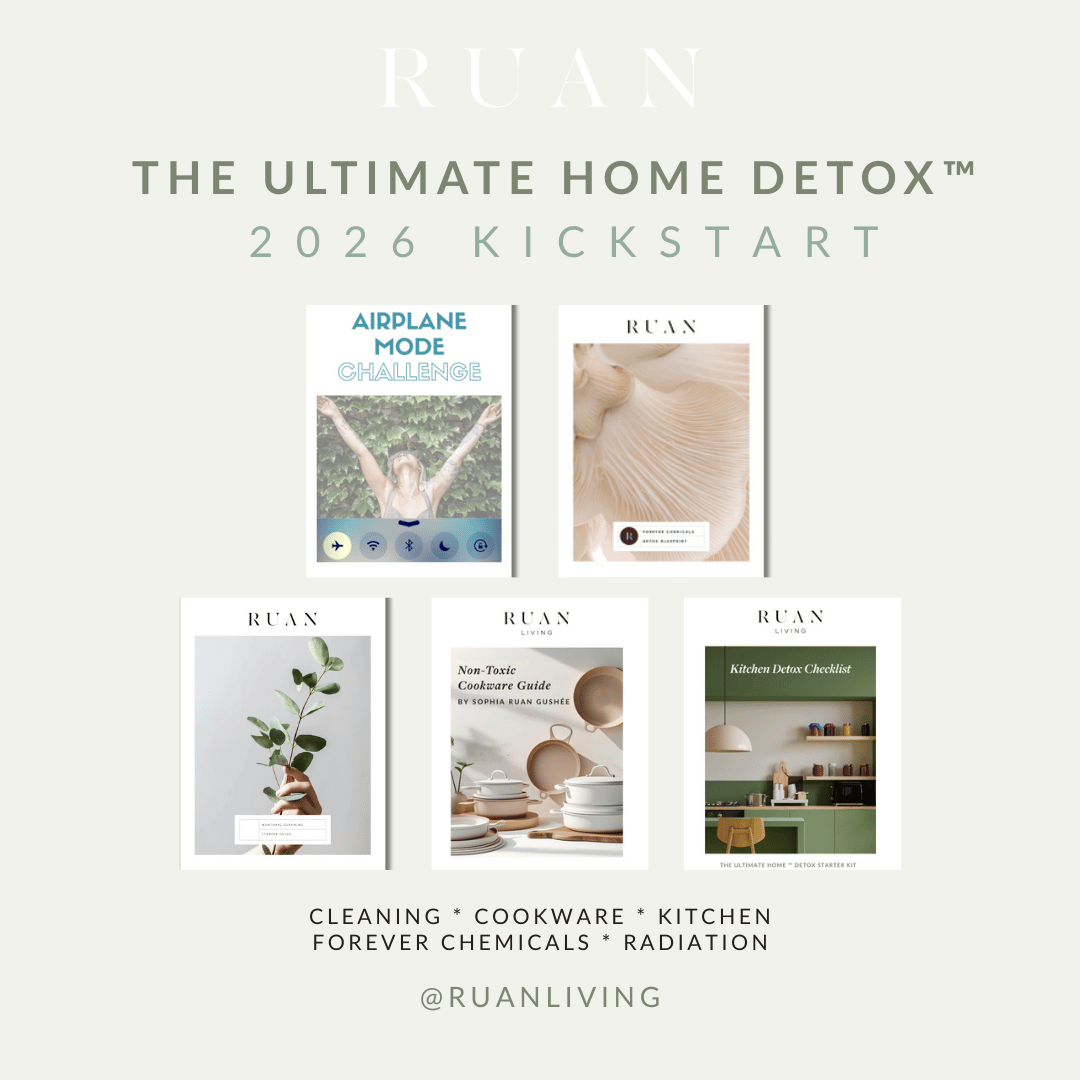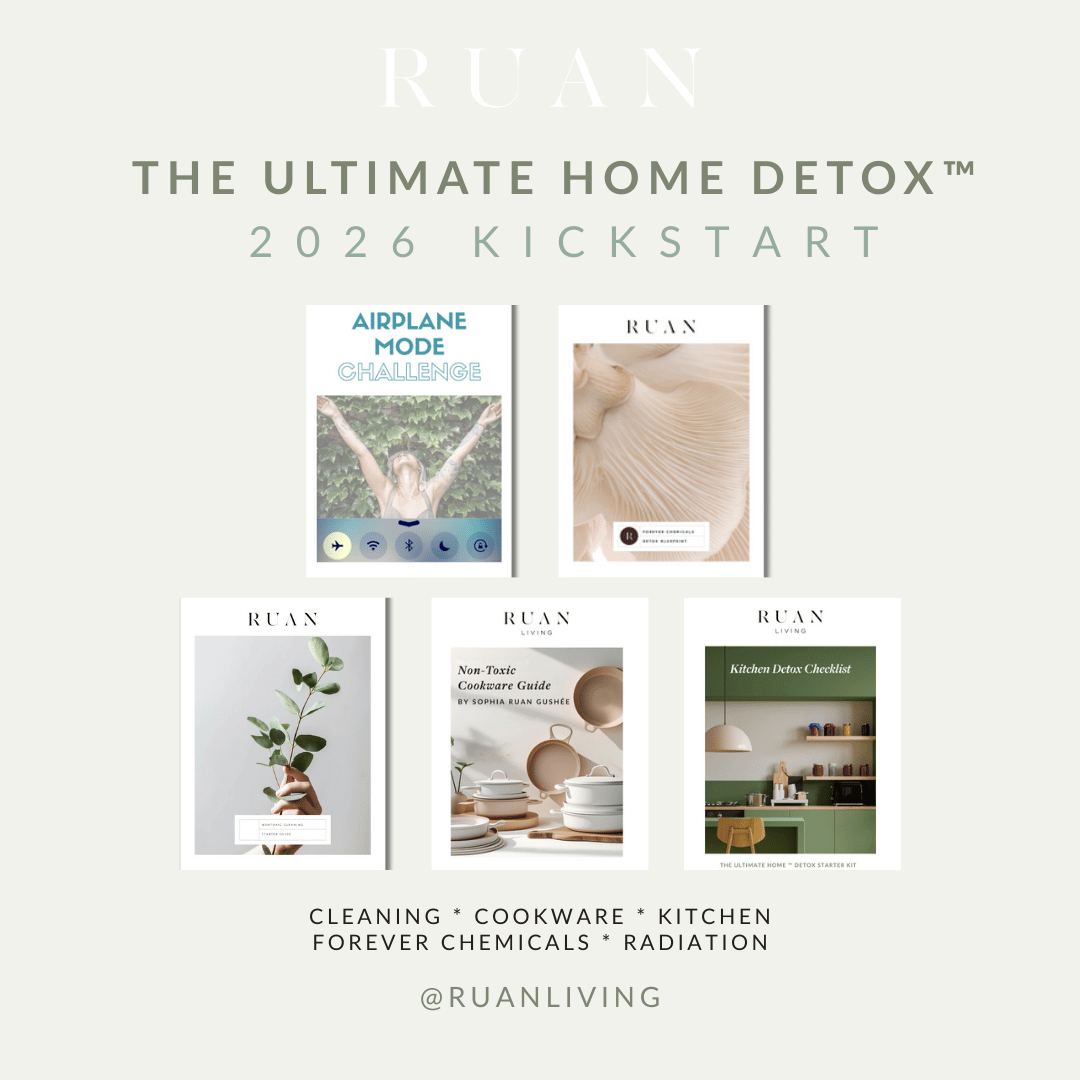
Is Polyurethane Foam in Your Mattress?
Jan 01, 2018by Angela Cummings and Sophia Ruan Gushée
Is memory foam toxic? Cushy and squishy, polyurethane foam gives us comfortable mattresses. It adds padding and coziness while providing the support and structure needed for a good night’s sleep. This is why it's so popular in conventional mattresses and the main attraction in memory foam mattresses.
But did you know that polyurethane foam can be a source of toxic fumes and toxic dust? This is a main reason why it's important to look for an affordable non toxic mattress and a quality non toxic crib when purchasing one for your infants or children.
Are mattresses toxic? Polyurethane foam is made from petroleum-byproducts and is highly flammable. “In fact, fire marshals refer to polyurethane foam as “solid gasoline,” according to the National Association of State Fire Marshals (2015) as cited in A to Z of D-Toxing. (1)
Need nontoxic living simplified for yourself?
Become a member of our academy today!
Chemicals in Foam Mattresses
Are memory foam mattresses toxic for my family? Several chemicals found in foam mattresses pose adverse health risks making them questionable toxic products. A to Z of D-Toxing provides a detailed overview of chemicals that can be found in polyurethane foam and their possible health effects. In summary, here’s what’s in standard foam mattresses:
- Benzene –may damage a cell’s DNA, has been linked to leukemia, breast, lymphatic, and hematopoietic cancers
- Chlorine – may cause bladder, colon, and rectal cancer
- Formaldehyde – may be toxic to immune system, nervous system, developmental system, respiratory system and cause cancer
- Methylene Chlorine – may cause cancer
- PFOS (perfluorooctyl sulfonate) – may affect development of the brain, reproductive, immune and endocrine system
- Solvents – may cause damage to the nervous system, reproductive system, liver and kidney, respiratory system, and cause dermatitis and cancer
- VOCs – may cause short term health conditions such as affecting eyes, respiratory system, headaches, dizziness, nausea, memory loss as well as long term health conditions such as damage to the kidney, liver, nervous system and cause cancer
- Flame Retardant – may cause learning disabilities, lower IQ levels, reproductive and nervous system damage, thyroid and other hormone disruption and cancer as well as damage to a cell’s DNA
These chemicals in polyurethane foam do not necessarily stay contained in your mattress and can be adopted by your home and body. Several chemicals listed above can be found on the U.S. Environmental Protection Agency’s list of Hazardous Air Pollutants (HAPs) or fall into the group of chemicals known as volatile organic compounds (VOCs). HAPs and VOCs can pollute your bedroom and the rest of the home and could easily cause home health problems over time. Those fumes become part of the air we breathe (and even the dust we inhale or ingest). The air we inhale during our sleep each night should be of special focus. Create a non toxic environment for yourself and your family.
Choosing a Safer Mattress
What is the best non toxic mattress to buy? Safer mattress choices are growing in popularity; especially ones that use safer toxin free products in their production. Manufacturers of safer mattresses follow a few tried-and-true general guidelines in order to keep chemicals out of mattresses and out of our bedroom air. Below are a few guidelines for choosing safer mattresses. Consider ones that are:
- Covered with natural materials: organic wool or cotton.
- Filled with organic wool, cotton, or 100 percent natural latex or natural rubber (for padding and a good supporting core). Those allergic to latex or rubber should check with their doctor first. An alternative to natural rubber or latex is an innerspring mattress to give the mattress structure and support (but those sensitive to electromagnetic fields may want to avoid metal in the mattresses).
- Dyed with natural whiteners and coloring agents.
- Finished with as few chemicals as possible. Avoid waterproof- and stain resistant- mattress finishes.
- Naturally flame resistant. Mattresses are required by law to be flame resistant. Conventional mattresses meet this Federal requirement with chemical flame retardants, some of which are known to be toxic. Wool and natural latex are natural flame retardants and can therefore avoid flame retardant chemicals.(2) For chemically sensitive individuals, a doctor’s letter is required in order to purchase a cotton mattress without flame retardant.
- Adhered with low toxic options. Adhesives used to bind the various mattress components can use zero- or low-VOC products, and (if possible) be free of Hazardous Air Pollutants (HAPs).
- Free of VOCs and HAPs. Ask if the mattress materials are generally free of VOC and HAPs. (3)
Polyurethane foam mattresses, dubbed “solid gasoline”, can give off toxic fumes that may be linked to short- and long- term health conditions. The guidelines above for choosing a safer mattress or non toxic mattress topper can help determine which mattresses are made from natural and non toxic materials instead of those made from chemicals or synthetics. After choosing a safer mattress, let the mattress air out and breathe for a few hours before making the bed.(4) Then enjoy a restful night’s sleep knowing you chose a safer toxic free mattress.
Home Detox 101
If you'd like help getting started with detoxing your home, then consider Home Detox 101.
References
(1) (2)A to Z of D-Toxing, Works Cited Part 2
(3) (4)A to Z of D-Toxing, Works Cited Part 3 and 4



